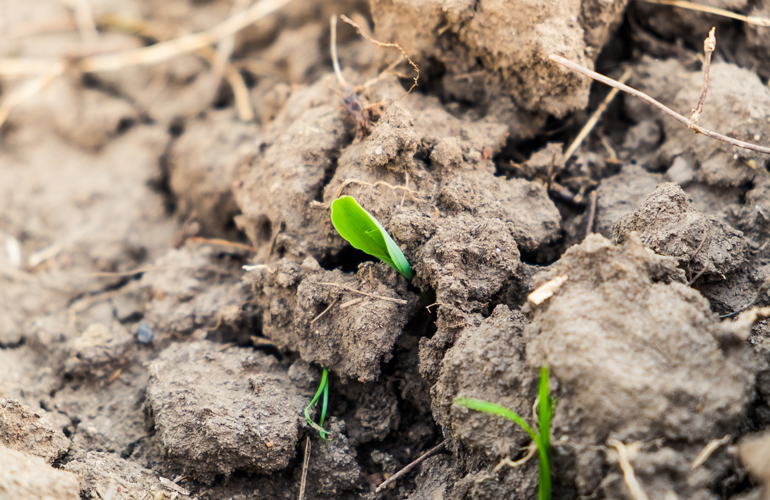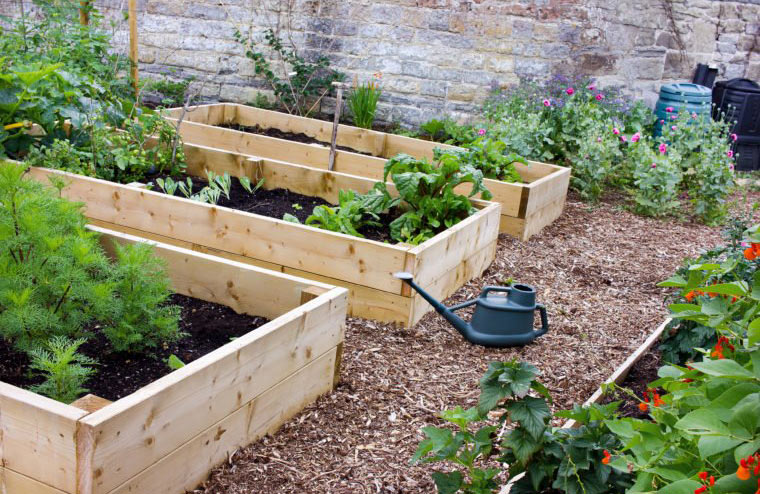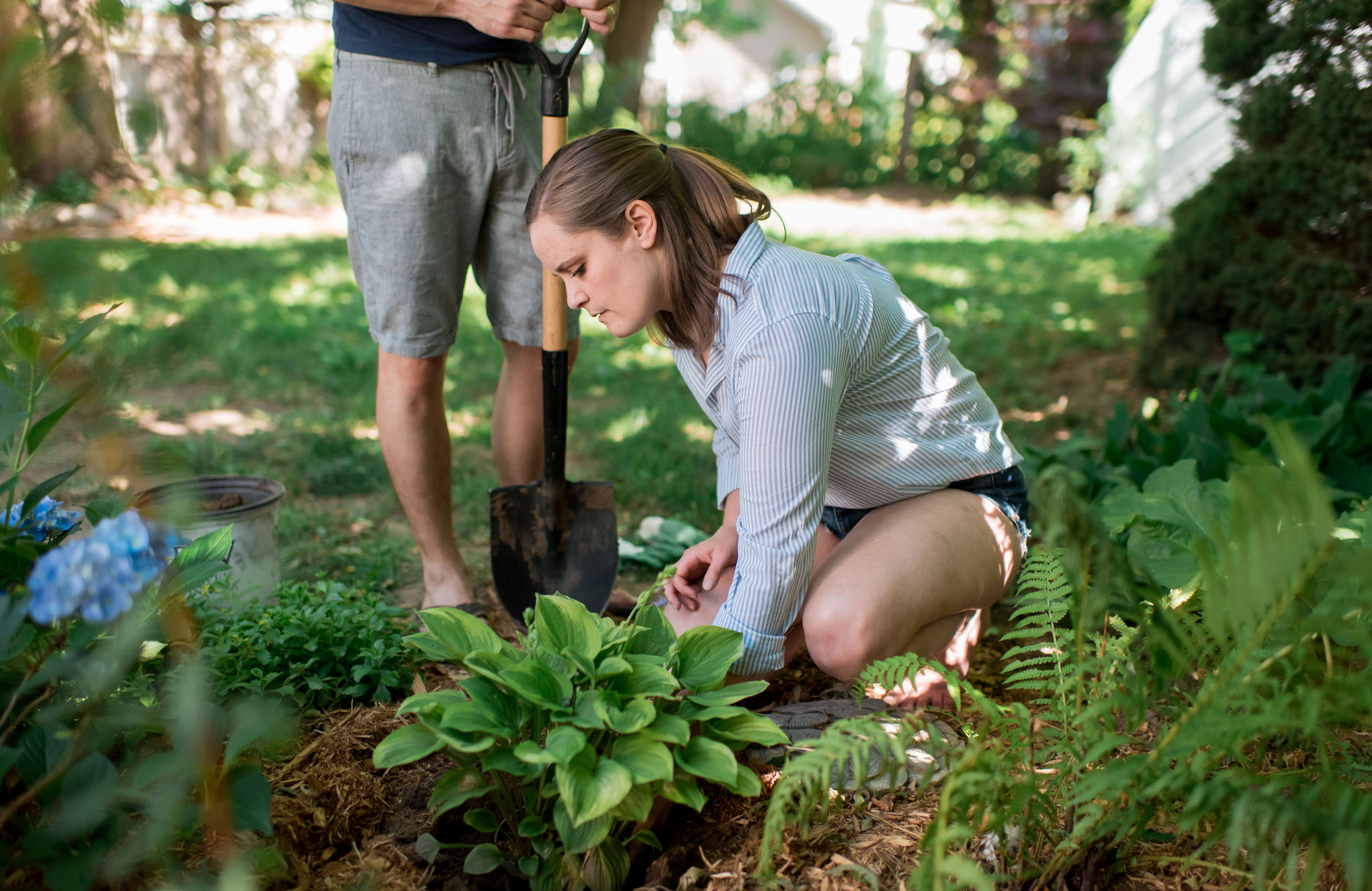Getting the best out of clay soil

If you have clay soil in your garden, you may have lost all hope of baskets full of lush vegetables and bouquets of fragrant flowers. But don’t give up so fast! Clay soil isn’t perfect, but it’s not all bad either, and it most definitely can be improved. Here’s how to take clay soil and turn it into soil that you and your plants will love.
How to make clay soil better

One good thing about clay soil is that it can be improved upon. With patience and effort, you can change the profile of your clay soil and make it easier to work with and more likely to yield the results you desire. Here’s how to improve your soil:
Break it up. Cut through the dense profile of clay soil with soil amendments. “Slowly adding decomposable, coarse organic matter such as pine bark chips, and other, larger inorganic particles, such as coarse sand, can help break up the clay, keep the particles separated, and create more open pore space in the soil, says horticulturist Sam Schmitz. Just make sure these amendments are tilled into the soil so they become well-incorporated throughout the clay profile.
Try raised beds. Gardening with raised beds, says horticulturist and garden educator Donna Balzer, will help drainage and avoid standing water on top of your plantings. “Raised planting beds mean less foot traffic and compaction on clay soils,” Balzer says, “and shifts the plant roots above the sitting water.”
Top it off. Balzer recommends sprinkling gypsum on the soil surface. “It replaces sodium with plant-friendly calcium and makes the neutral clay soil more workable,” ahe says. She also advises top-dressing clay soils with a light layer of straw, fine bark or compost in autumn, to protect against surface crusting. You can buy gypsum online and at garden stores.
Dig down deep. To help with drainage issues, Schmitz recommends digging through the clay layer into the soils below. “This can help alleviate any drainage concerns by opening up the flow of water through the soil profile.” If the density issue is severe, add calcined clay pellets along with the other amendments. “They will eventually break down,” he says, “but that typically takes several seasons. Hopefully, by that time, any issues with the soil will have been resolved.”
What not to do with clay soil

Clay soil can be pretty unforgiving. Make sure you avoid these common mistakes:
The wrong additives. “Many people make the mistake of adding compost and sand to clay soils,” says Schmitz. “Adding a very fine compost and the wrong type of sand can actually make things worse.” Mix the small particles of clay with the other small particles of compost and sand and, according to Schmitz, “what you end up with is basically mortar mix. Mix it together, compact it and you can build a house!”
Repeated tilling. Tilling the soil over and over again at the same depth is not productive. “As the tiller blades cut through the soil, they create a smooth compacted layer at the bottom of the till depth,” says Schmitz. “While the upper surface may be amenable to plant growth, the compacted layer underneath can cause major problems through the season.” Instead, Schmitz says to use a pitchfork to break up the compacted layer and allow excess moisture a way out.
Treading heavily. “Soils containing clay are super sensitive to traffic,” says Balzer. “If you put on your gumboots and walk all over your amended clay soils you will pack them down, squishing out the air.” She says that gardeners should avoid walking across any soil containing clay, adding that even a perfect loam with 30 percent clay will be flattened by foot traffic.


